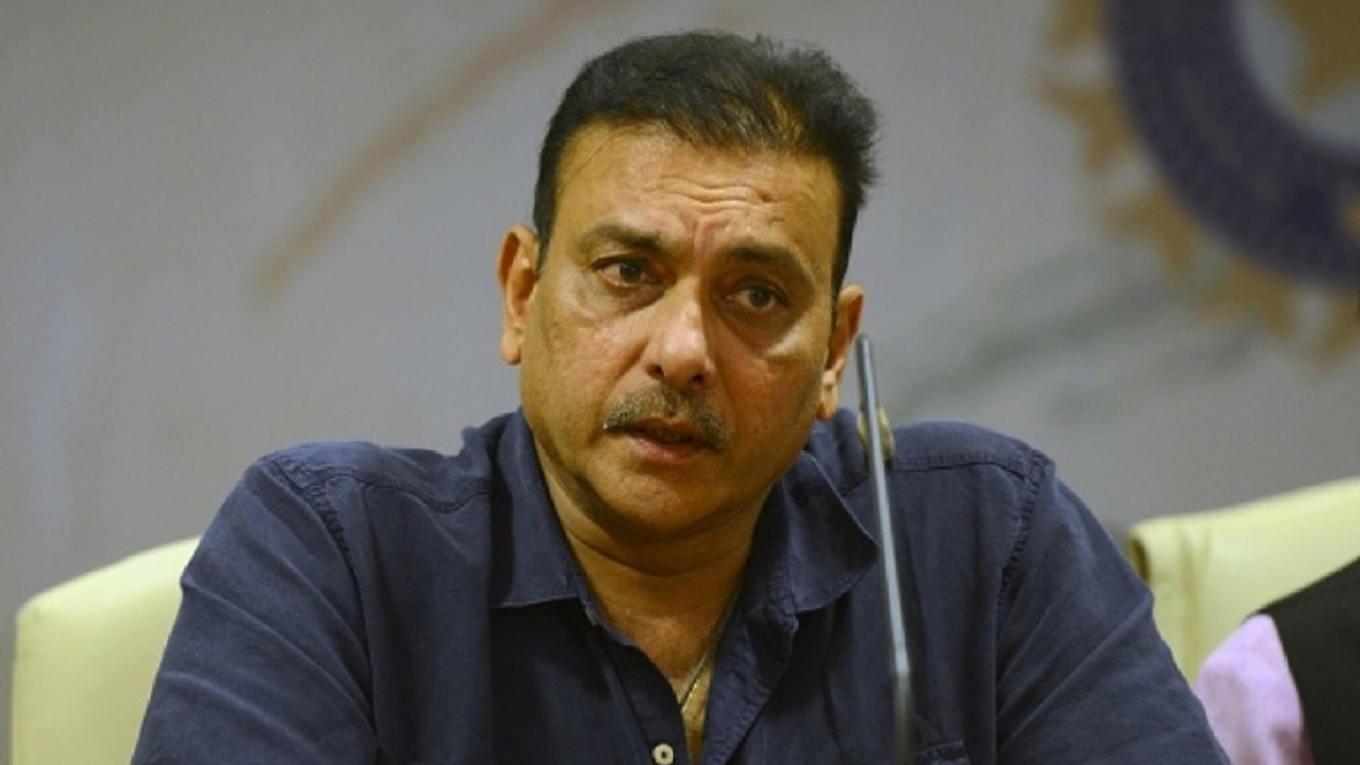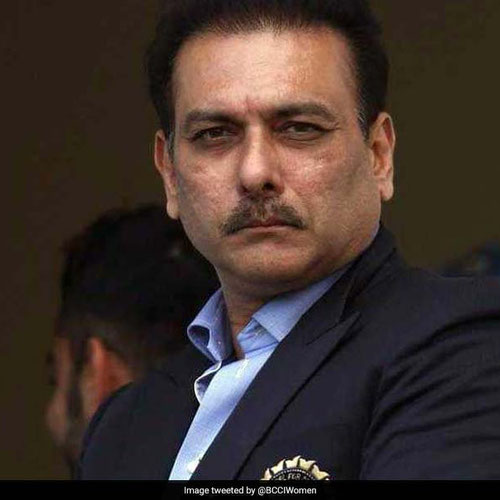Q You have a panoramic sweep of the IPL, having been part of the original governing council. What’s the single biggest factor in the league’s success?
A I think the quality of the cricket, and also the package that it brings with it. The IPL attracts people from all fields, faiths, caste, creed, gender, and every strata of society: Bollywood, the advertising industry, broadcasters, fans, what have you. But all this is icing on the cake. Paramount is the exceptional quality of competition and skills people get to see. Think of fielding standards, death overs bowling, batsmen trying to improvise to optimise run scoring. And all this keeps going up a notch every year.
Q In 2008, did you anticipate that the IPL would become one of the most valued sports properties in the world in less than a decade?
A Not in my wildest dreams to start with. But after a year or two, after it captured the imagination of the people, this wasn’t really a surprise. The first indication of that came in 2009 when the IPL went to South Africa. I was apprehensive, but it went on to become an even bigger success than the first year. In many ways, this was the acid test for it to get global recognition and following. The IPL came out with flying colours.
Q Accompanying the success has also been the underbelly of the IPL – cronyism, corruption, etc, which invited not just criticism from several quarters, but also led matters to the Supreme Court of India. How come nobody put checks and balances in place at the start?
A It’s easy to say these things once it happens. But, frankly, who knew what was brewing below the surface? Yes, what emerged was disappointing and unedifying. However, this is not the first time in sport these things have happened. It’s happened all over the world. When I look back, I think that those involved in the clean-up did a wonderful job, which is what is more important at this point in time.
Q What exactly were the roles for you, Gavaskar and Pataudi in the original governing council?
A Our roles involved the cricketing aspect, not the financial and administrative: framing rules for the cricket, for the auction, windows for players to play. That apart, we gave our views on the feasibility of the league in general. Also, since all three of us had experience in the broadcasting industry, we gave our views on the television part in the league as well.
-

Cricketer Ravi Shastri


































